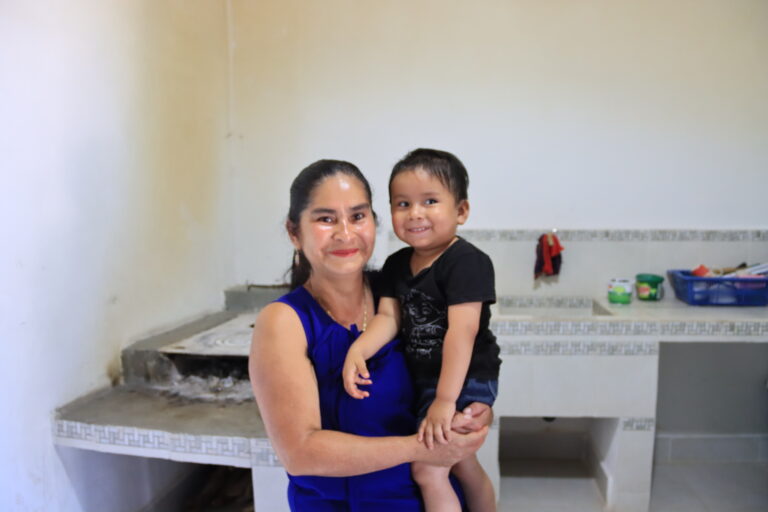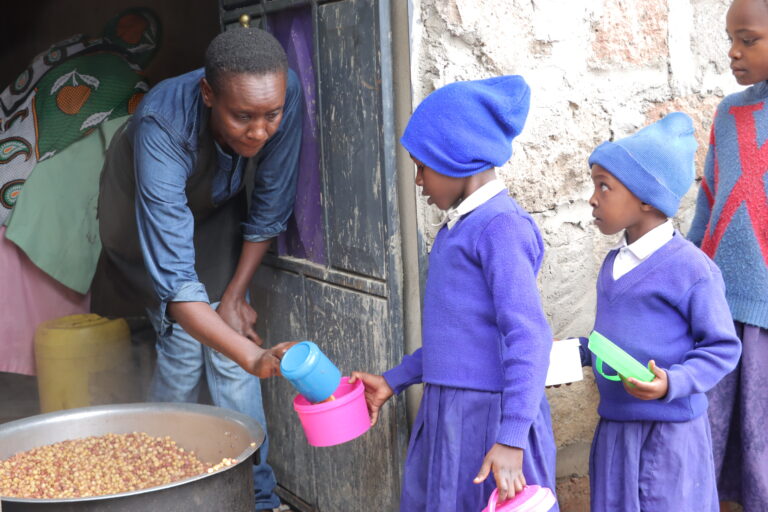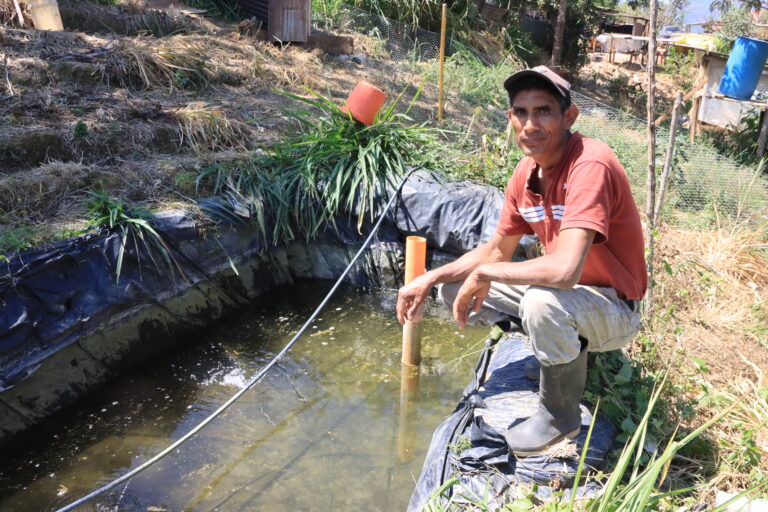Embarking on a short-term mission trip is an incredible opportunity to serve, learn, and grow. As trip advocates, you’re not just traveling to new places; you’re stepping into diverse cultural landscapes filled with rich histories, traditions, and values.
In the book Foreign to Familiar, the author explores cultural differences using the terms Hot Climate Culture and Cold Climate Culture. Whether your destination is Kenya or Guatemala, understanding the clash between hot and cold cultures is crucial for meaningful interactions.
Let’s navigate this cultural terrain together and explore why cultural sensitivity is integral to your mission journey.
Direct Communication vs. Indirect Communication:
In cold climate cultures, direct communication is often preferred, emphasizing clarity and efficiency in conveying messages. In contrast, hot climate cultures may lean towards indirect communication, where messages are subtly conveyed to maintain harmony and preserve social relationships.
You may encounter phrases like “maybe later, “not right now” and “we will see” which are all indirect ways of saying “no”. Understanding these differences is crucial for effective communication and building rapport across diverse cultural contexts.
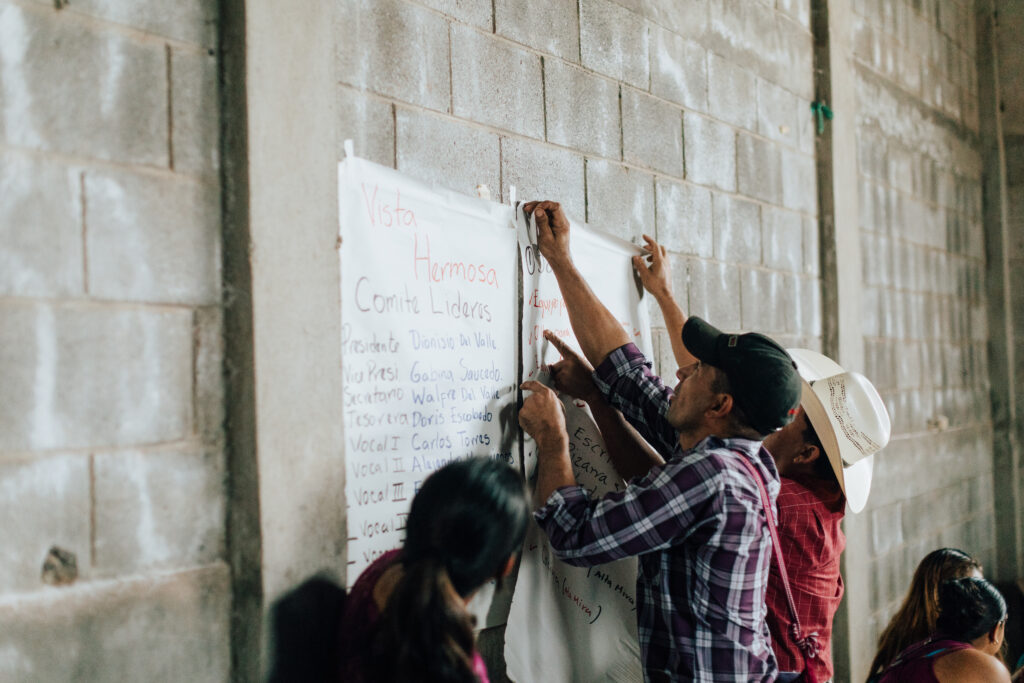
Task-Oriented Efficiency vs. Relationship-Centered Ministry:
In cold climates, efficiency is prized. Tasks are tackled with precision and directness, mirroring our approach to mission work. However, in hot climates like Kenya or Guatemala, relationships take precedence.
It isn’t just about completing tasks; it’s about building genuine connections with communities. Like Jesus at the well, engaging with individuals on a personal level fosters trust and opens doors for sharing the Gospel.
Individualism and Privacy vs. Group Identity and Inclusivity:
Cold climates emphasize individualism and personal space, but mission work thrives on community and inclusivity. In hot climates, everyone is welcome to participate in each other’s lives, reflecting the biblical notion of “it takes a village.” Embracing this communal mindset allows us to forge deeper bonds with the communities we serve and better understand their needs.
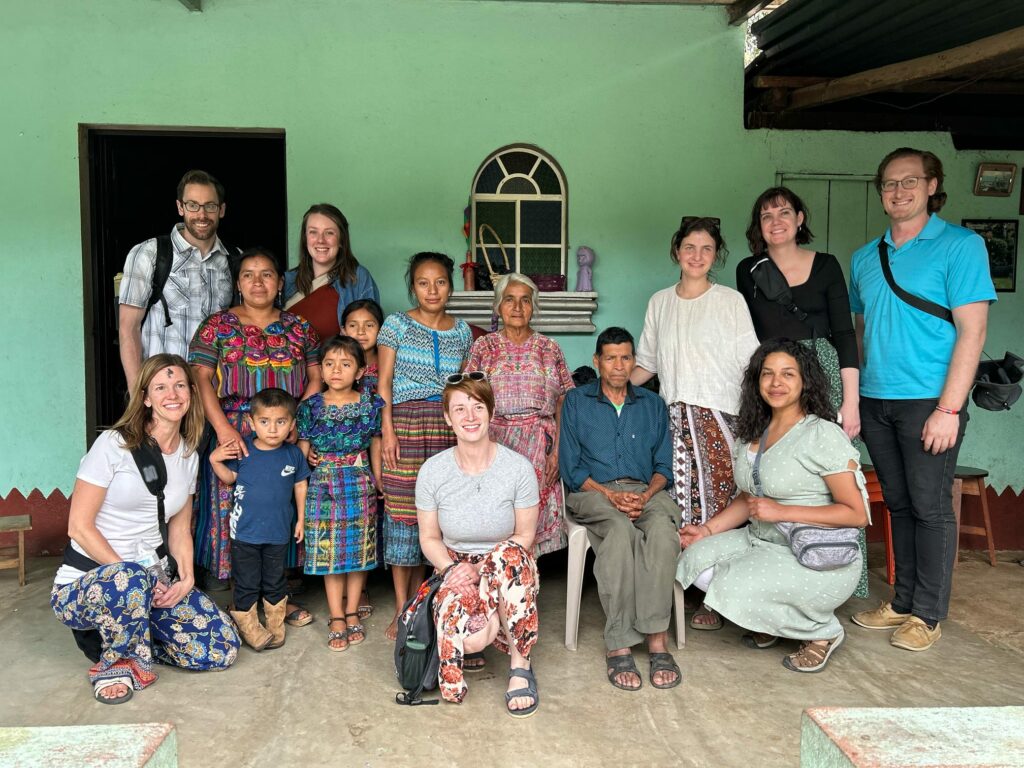
Low Context vs. High Context:
In cold climates, communication tends to be straightforward, but in hot climates, it’s layered with historical and cultural contexts.
Just as Jesus used parables to convey deeper truths, understanding the cultural backdrop of the country and community you are visiting enables you to communicate more effectively. Take time to learn about local customs, traditions, and beliefs.
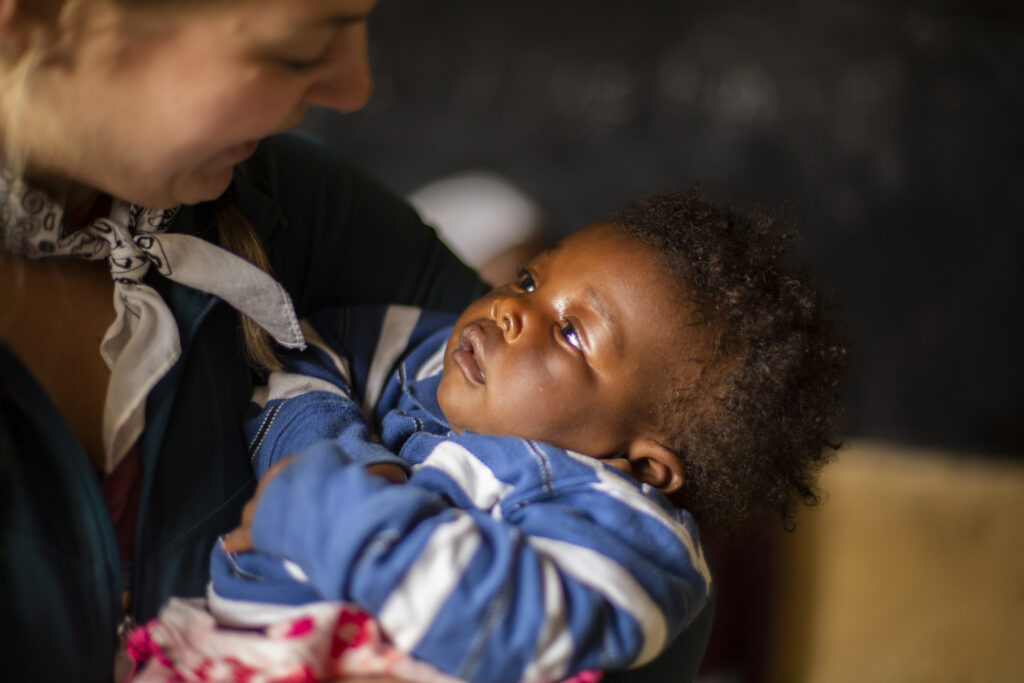
Structured Hospitality and Time Orientation vs. Spontaneous Engagement and Event Orientation:
Cold climates value punctuality and structured hospitality, but mission work often requires flexibility and spontaneity. Embracing the hot climate’s event-oriented approach allows you to immerse yourself fully in the community’s life.
Whether it’s joining in a local celebration or sharing a meal with newfound friends, being present in the moment speaks volumes about Christ’s love and acceptance.
Why Understanding Matters:
As trip advocates, our ultimate goal is to share the love of Christ with others. Cultural sensitivity isn’t just about avoiding misunderstandings; it’s about embodying Christ’s humility and love. By bridging the gap between hot and cold cultures, we create space for genuine connections to form, hearts to be transformed, and lives to be touched by the power of the Gospel.
So, as you prepare for your mission trip, arm yourself not only with supplies and prayers but also with a heart of humility and cultural awareness. Remember that God’s kingdom is vast and diverse, and every culture has a unique role to play in His redemptive plan.
Embrace the differences, celebrate the similarities, and let Christ’s love shine through you as you journey into new cultural territories.
For more on Hot vs. Cold Climate Cultures check out the book Foreign to Familiar by Sarah A. Lainer

